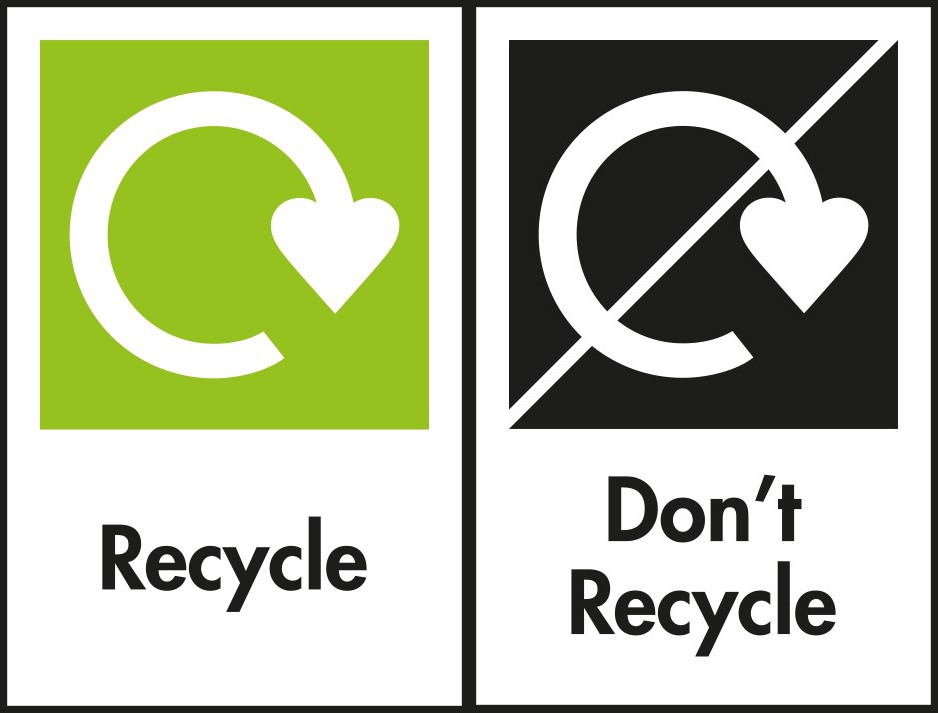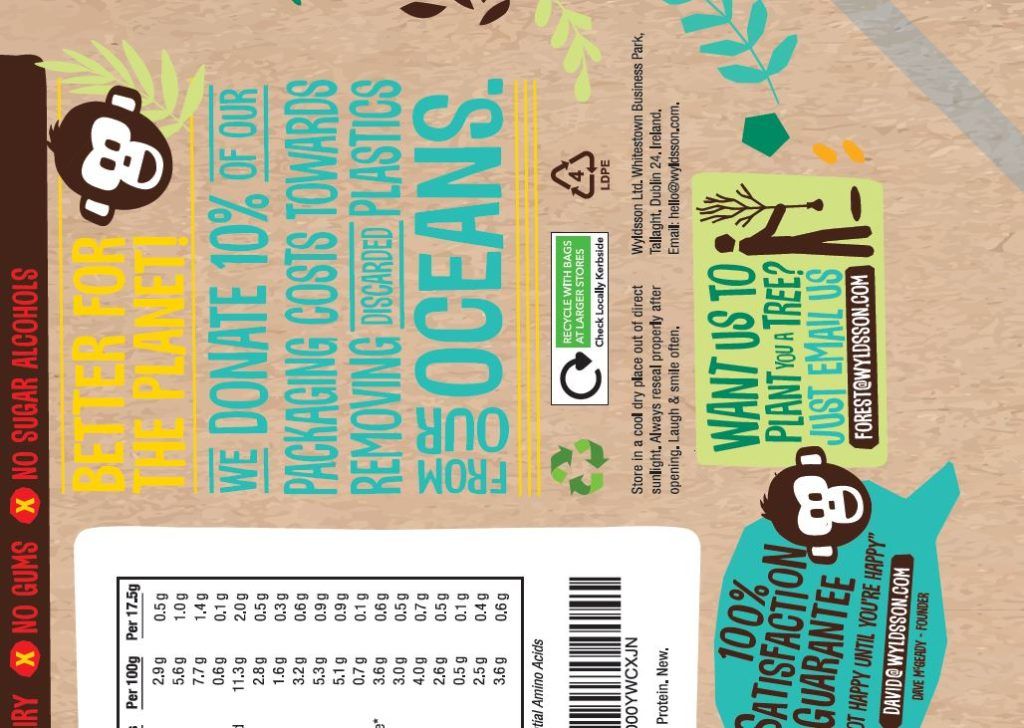There are many myths and misconceptions regarding the UK and how recycling is handled.
Back in 2020, the UK’s leading recycling label authority The On-Pack Recycling Label (OPRL), launched a binary labelling system called “Recycle” or “Don’t Recycle,” which is so on the nose, it’s almost like a Monty Python skit.
Meant to simplify and improve recycling, the move was to support the UK government’s preferred method of Extended Producer Responsibility (EPR), which also helps the UK Plastics Pact recycling target.
It was meant to create labelling that’s easy to read, and lets people know if something is recyclable or not.
Traditionally, the UK was pretty bad at recycling. A lot of the waste was shipped off to China. Now that China is pumping out products en masse, the UK had to get thoughtful about our processes.
Don’t Always Trust the Dot
We all know and love the notorious little green circle icon with interlocking arrows. But the dot doesn’t mean the item is recyclable, or that the company has financially contributed to the recovery and recycling of packaging in Europe.
The same goes for the ‘Mobius Loop,’ the disorientating white triangle symbol. It doesn’t mean an item will be accepted by recycling facilities, just that it can be recycled.
The new labelling system supports comprehensive recycling rules that showcase how to sort, process, and find markets for packaging materials. It was a big step to ensure the UK reduced its environmental impact.
The labelling clearly lets consumers know, plain as day, if something should be recycled or not, hence, “Recycle” or “Don’t Recycle.”
There are a few exceptions for packaging, and are marked “bring on-site” or “front of the store” for specific instances, but everything else is pretty common sense and offers a clear call to action.
Because people make that split decision when they finish a drink or snack, that moment exists to make a choice where their rubbish goes.
Sometimes, People Need a Roadmap
This move helped to bring clarity to recycling, because without clarity, people often guess.
The purpose was to take more control of the materials’ journey. It cuts way down on contamination, which also cuts down on sorting time, saving time and money.
Composite waste has always been tricky to recycle, thanks to being composed of multiple materials.
- Think your average coffee cup and the layer of plastic inside so it (sort of helps) not burn your hand off.
- A toothpaste tube and its aluminum core
- Or worse, coffee pods.
It’s not that they can’t be recycled, it’s just that there needs to be special extraction machines to do so.
Because ePac is dedicated to sustainable packaging, we’re 100% on board with these initiatives.
Between biodegradable packaging and promoting recyclable materials, this is a cornerstone of how we see packaging, no matter what product line we’re working with.
OPRL is an evidence-based system. Because its labels are so easily recognized, it’s a win/win in ensuring our packaging finds its way into the proper place when the consumer is finished.
If we can simplify how people are making a positive impact on the world, as we’re fighting a climate crisis, every step counts, and clear package labelling is an easy win for everyone around the UK.
One of the easiest ways to think about this move is;: where does stuff go when we’re finished with it?
Think about where we toss a can of Coke, a greasy pizza box, a sweet wrapper. All these places have a home in the world of refuse. But often, what we assume is the right place isn’t.
Some to Think About When it Comes to Recycling:
1. Give it a quick wash
If you can give it a quick wash, you should. You could achieve the hallowed “closed loop” when something like a bottle is so clean that it can be reused with little fuss.
That said, if the pizza box is gnarly with grease, it’s probably not recyclable, but if it’s just a touch, you should be ok.
2. You can’t recycle receipts
As much as we love the idea of recycling paper, receipts aren’t recyclable. Because of that ink and the thermal paper, they go in the rubbish bin. Another plus of most things going digital is many folks are opting for no receipt or getting it emailed.
3. Not every plastic is recyclable
The answer is, well, most of them. There are many types of plastic – think 40K combos.
But, thanks to the minds at places like OPRL, it’s been narrowed down to seven categories. Thus the labeling matters on whether your soda bottle can go in the bin while the shampoo stays out, depending on its chemical makeup.
The labeling takes the bite from “if in doubt, leave it out” and erases the “hope for the best” when trying to impact the world one bag of beef jerky at a time.
And it helps to ensure that as things are being sorted, they’re not going to break machines down thanks to contamination, but also some flimsy plastic lid mixing in the paper machines.
What matters right now is the execution of seeing plastics, glass, and the like being utilized for a more verdant future. Any way we can see sincere growth in this area is a win.
We’re dedicated to making sure we’re a part of the solution, not the problem. Let’s talk, if you’re a company looking to move into an eco-friendlier version of your packaging. We’re into a greener world for everyone – one greasy pizza box at a time.





